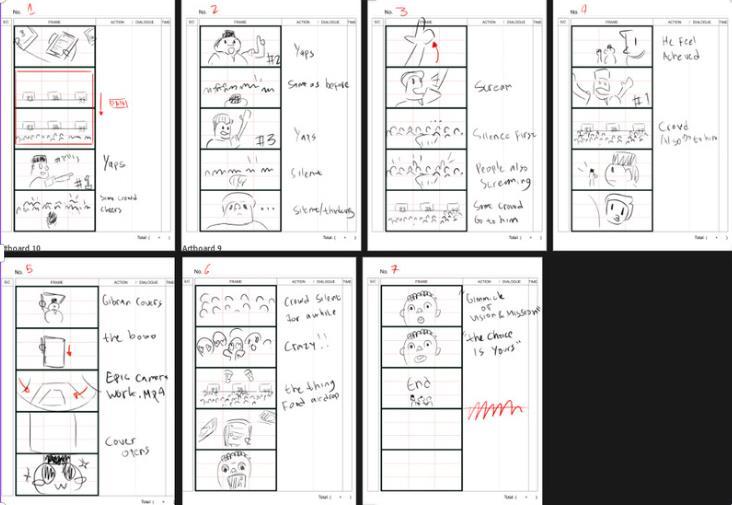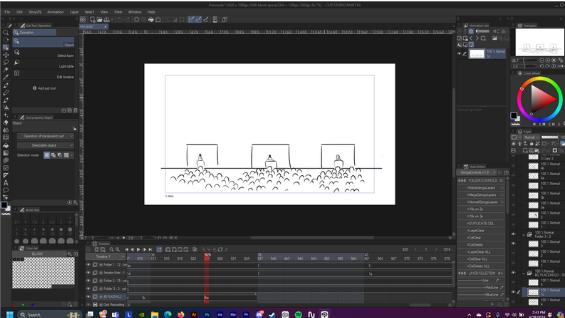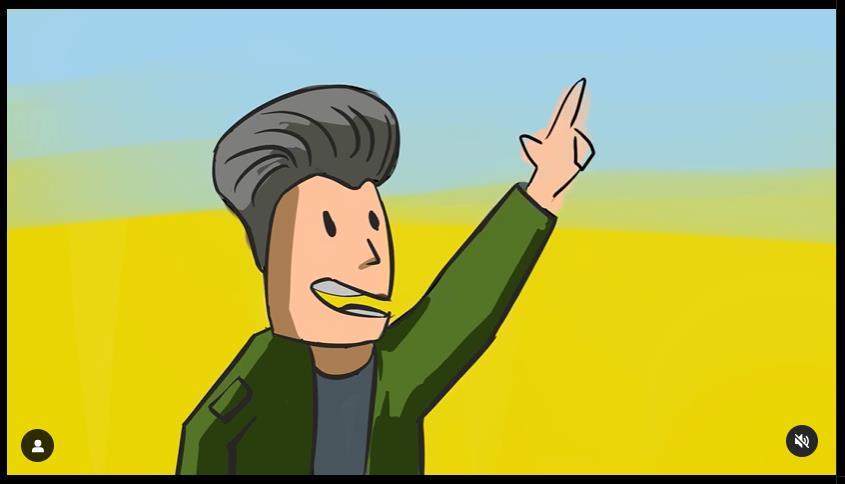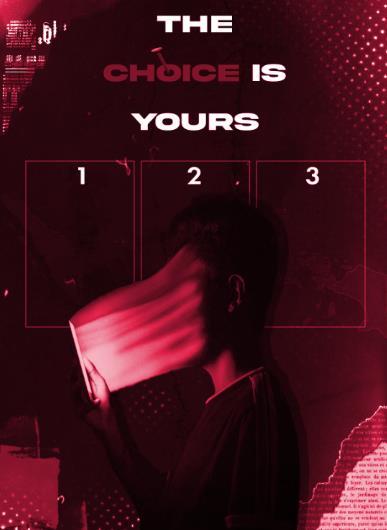Misuse of Social Media on Indonesian 2024 Election
AbirAl Ifaz, Zaky Maulana, Ahmad Yalqa, Zarril Ghifari, Miftahul Ilmy abiralifaz@student.telkomuniversity.ac.id, zakymaulanasyam@student.telkomuniversity.ac.id, yalqafdh@student.telkomuniversity.ac.id
Visual Communication Design, Telkom University; Visual Communication Design, Telkom University; Visual Communication Design, Telkom University
Abstract: The misuse of social media during Indonesia's 2024 national election has highlighted the urgent need for improved digital literacy. Social media's easy access facilitates the spread of misinformation, often for personal or political agendas. Animation, with its engaging and simplified visual storytelling, emerges as a potent medium to address this issue. By distilling complex narratives into easily understandable content, animation can effectively educate the public on the risks of misinformation. This article explores the potential of animation to mitigate social media misuse andemphasizestheimportanceofcontentpreparationtoensureeffectivecommunicationduringtheanimationproduction phase.
Keywords: Social Media Misuse, Indonesian Election 2024, Misinformation, Digital Literacy
Introduction
The rise of social media has made it easier for our society to communicate with each other. This ease of access comes with a cost however. It is now easier than ever to spread misinformation usually to fulfill one's agenda. The issue of social media misuse has become more apparent recently due to the ongoing Indonesian national election event of 2024. Thus elevating the importance of digital literacy among its users when navigating the landscape of social media.
Animation is a versatile medium that has potential to mitigate the issue of online misinformation. Animation occupies a significant place in the online landscape, serving as a powerful tool to combat misinformation. With its ability to distill complex information into visually engaging narratives, animation playsacrucialroleineducatingandinformingonlineaudiences.Throughanimation,complexnarrativecould be simplified to allow the audience to retain the information easily.
The subject of social media misuse during the election will be conveyed using animation as a medium. Therefore, it's crucial to thoroughly prepare the content beforehand before moving on to the animation production phase, where suitable visuals can be chosen to effectively represent the topic.
The Issue
One common form of misuse is the spread of misinformation and disinformation, where false or misleading content is disseminated rapidly across social networks, often with the intent to deceive or manipulate public opinion.
Addressing the misuse of social media requires an educated explanation for the users of the platform about the consequences of such things.
As a result, it has been seen that the misuse of social media had a part in the Indonesian presidential election 2024 by spreading fake news and creating a negative influence on people's decision to vote for the correct candidate for themselves. Especially how the candidates exploited social media to make their gimmick go viral and attract attention.
Solving the Issue
In a country as diverse as Indonesia, with thousands of islands, cultures, languages, and distant places, spreadingknowledge through visual content is the most effective and efficient method. Animationis a unique and engaging approach to visually transmit messages. It is a versatile medium that has potential to mitigate the issue of online misinformation. With its ability to distill complex information into visually engaging narratives, animation plays a crucial role in educating and informing online audiences. Through animation, complex narrative could be simplified to allow the audience of every age to retain the information easily.
The subject of social media misuse will be conveyed using animation as a medium. Therefore, it's crucial to thoroughly prepare the content beforehand before moving on to the animation production phase, where suitable visuals can be chosen to effectively represent the topic.
Asking the Public
To get a better understanding on the subject, we must have an input from people around us about their opinion on misinformation happening lately, then that data will be used to create the animation. The online survey we have distributed aims to validate the authenticity of the data for finalization. This survey serves as a means to gather essential data to enhance our understanding of the issue at hand. Also, we will be able to make our animation based on this, so it will be meaningful and will have the potential to have an impact to educate people.
First Question: The graph shows the majority of the responders are from West Java Island which is 81%.

Second Question: Out of 19 people 47.4% voted Prabowo which is the highest. 42.1 % voted for Annies which is the second highest and very close to Prawobo. And the rest voted for Ganjar.

Third Question: Almost 100% People consume political news and information through social media.

Fourth Question: 71.4% claim themselves as critical media consumers.
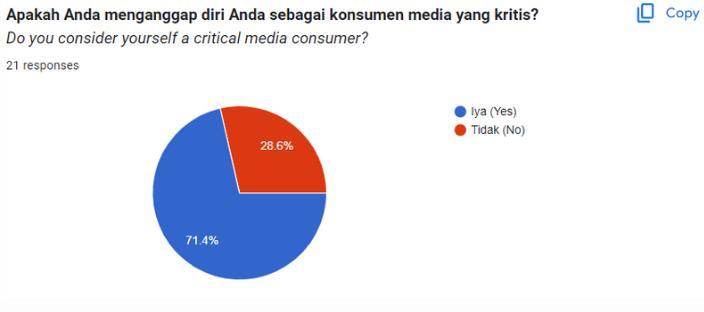
Fifth Question: Almost all of them encountered the tactics misused for spreading negative effects which are Fake news, Misleading title, personal attacks etc.
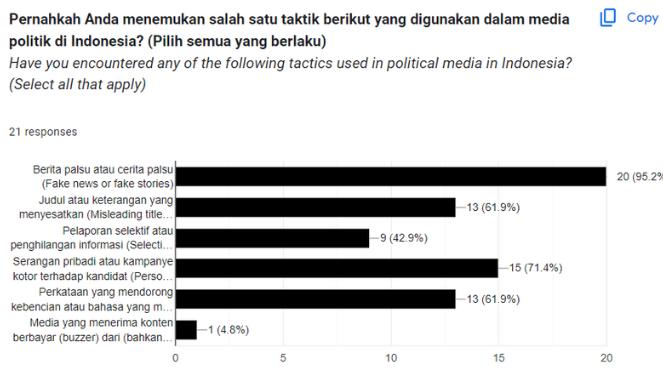
Sixth Question: In most of their opinion voters are getting confused and manipulated with increasing political polarization and other negative impacts.

Based on the responses we can conclude that the gimmick is a successful tactic for getting votes. The responses say that the gimmicks used by some political candidates are effective in attracting some voters, especially those with lower education. The responses also suggest that the gimmick is effective in getting votes overall, but that it may not be a good thing for voters who haven't done their research on the candidates.

